ozgurdonmaz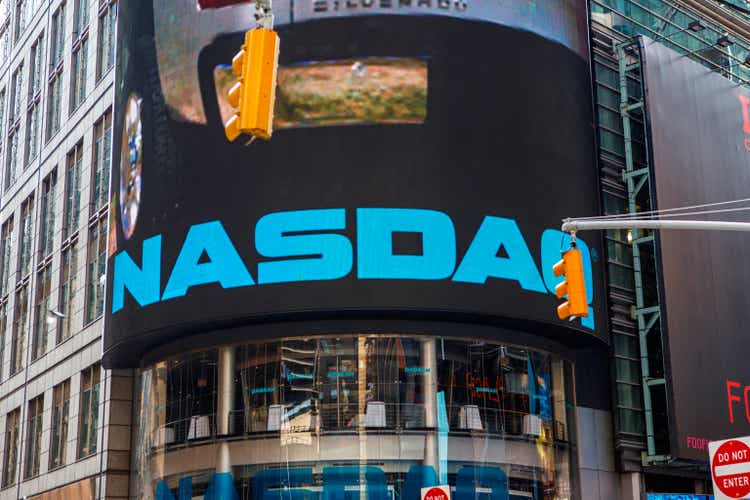
Looking for dividend income from the stingy Tech sector? Most income investors use funds to accomplish this, since tech companies’ dividend yields are notoriously low.
There are ETFs and CEFs, (closed-end funds), which manage to pay out distributions on Tech holdings, via selling covered calls.
The Global X Nasdaq 100 Covered Call ETF (NASDAQ:QYLD), the Nuveen Nasdaq 100 Dynamic Overwrite Fund (QQQX), and a younger fund, the Global X Nasdaq 100 Covered Call & Growth ETF (QYLG), all use covered calls to create income.
The trick with covered calls is knowing when to use them. While timing the market is very difficult, if you want to gain some downside protection for your holdings in a down market, such as we’re having in 2022, selling covered calls can help. The flip side is that this strategy limits your upside potential, so using it in a bull market can be a disadvantage.
Profiles:
QYLD seeks to generate income through covered call writing, which historically produces higher yields in periods of volatility. The fund seeks to provide investment results that correspond generally to the price and yield performance, before fees and expenses, of the Cboe Nasdaq-100 BuyWrite V2 Index. It pays monthly distributions.
QQQX is a CEF which seeks to invest in stocks of companies operating across diversified sectors. It primarily invests in the stocks of large-cap companies. The fund also invests through index call options. It seeks to replicate the performance of its portfolio against the Nasdaq 100 Index. Management writes covered calls on 35 to 75% of the fund’s holdings, with a long term target of 55%. It pays quarterly distributions. It has 169 holdings, vs. 103-104 for QYLD and QYLG.
QYLG also writes at-the-money index call options on the Nasdaq 100. However, it writes options that only cover 50% of its stock holdings, whereas QYLD writes covered calls on 100% of its portfolio. It pays monthly distributions.
QYLD is the largest of the three funds, with ~$6B in assets, vs. $1B for QQQX, and just $60M for newcomer QYLG. The 2 Global X funds both a 0.60% Expense ratio, vs. 0.90% for QQQX. As noted above, QYLG only writes calls on 50% of its portfolio, hence the “growth” part of its name comes from more potential upside.
Holdings:
QYLD’s top 10 holdings are all well-known Nasdaq large caps, forming ~54% of its portfolio. It’s not totally tech, though, with Tesla, Pepsi, and Costco among the group.
The top three sectors are: Tech, with a ~50% weighting, with Communication Services at ~17%, and Consumer Discretionary at 15%.
As you’d expect, QYLG’s top 10 is very similar to QYLD’s, with a ~54% weighting.
QQQX’s top 10 has some different tech large caps, including Comcast and Cisco, and the Vanguard total stock market ETF:
Dividends:
At its intraday 7/19/22 price of $18.02, QYLD had the highest dividend yield of the group, at 12.05%. It should go ex-dividend next on ~8/22/22. It has a five-year average dividend growth rate of 8.42%.
QQQX yields 8.32%, with a very high five-year dividend growth rate of 15.11%. It pays quarterly and should go ex-dividend next on ~9/14/22.
QYLG pays monthly, and yields 5.58% due to a lower amount of option income. It should go ex-dividend in late August.
Taxes:
QYLD’s distributions for November ’21 – June ’22 are estimated to have been comprised of 97.86% in realized capital gains and 2.14% NII, with no return of capital:
QYLG has a very similar tax breakdown, with 95.93% characterized as realized capital gains, and 4.07% as NII:
QQQX’s distributions are characterized as 100% short term gains:
Performance:
QYLD has outperformed these other two funds and the Nasdaq over the past year, and so far in 2022. It has also outperformed them on a total return basis over the past year, but by a wider margin, due to its higher dividend yield.
More recently, though, QYLD has lagged over the past month.
As a CEF, QQQX also opens up the possibility of buying at a discount to its NAV. The trick is to buy CEFs at deeper discounts or lower premiums than their historical averages.
As of the 7/18/22 close, QQQX was trading at a ~3% premium to its NAV/share, which is higher than its one-year average of 0.62%, its three-year average discount of -0.39%, and its five-year average premium of 1.06%.
Parting Thoughts:
All three funds have mitigated losses over the past year, but QYLD’s higher yield has given it a much better total return than QQQX and QYLG. The question now, of course, where do you go from here? Will the Nasdaq return to its winning ways? In which case, selling covered calls will limit the upside. QYLG would have the edge in that scenario, although QQQX, with a 55% call coverage target ratio, may also do better than QYLD.
All tables furnished by Hidden Dividend Stocks Plus, unless otherwise noted.


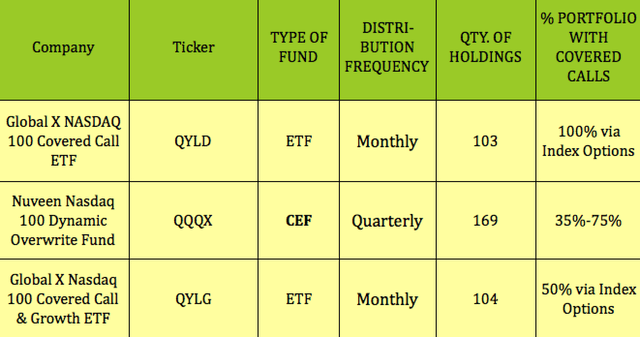
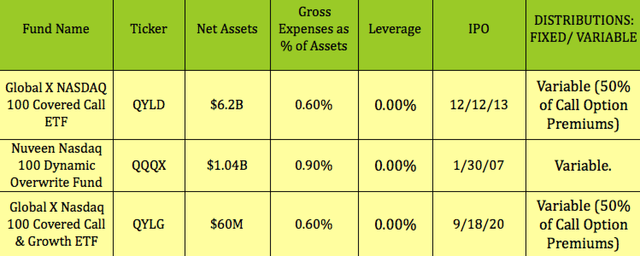
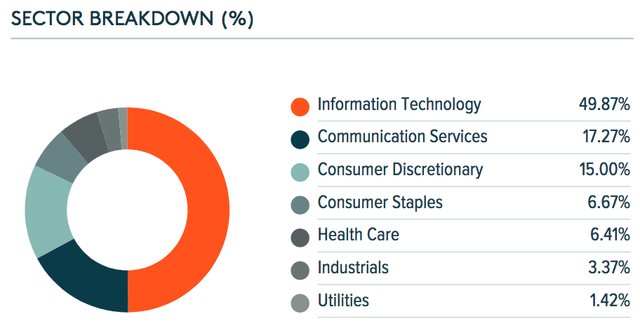
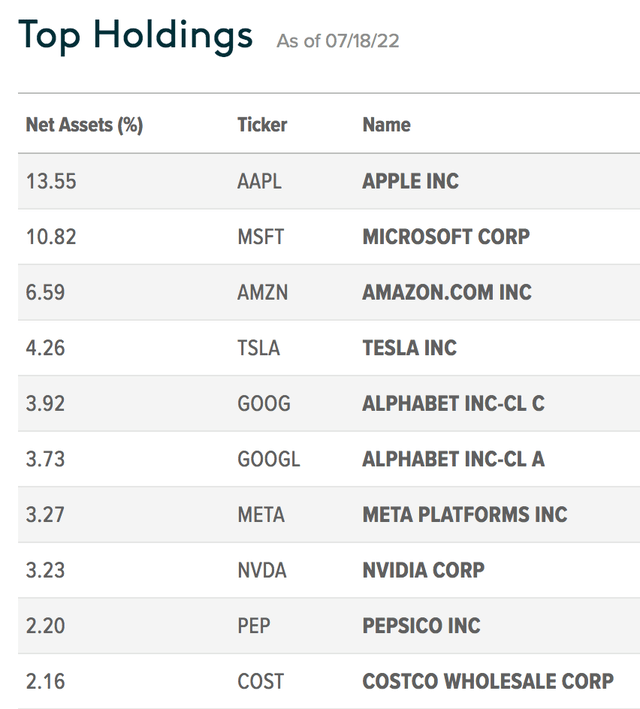
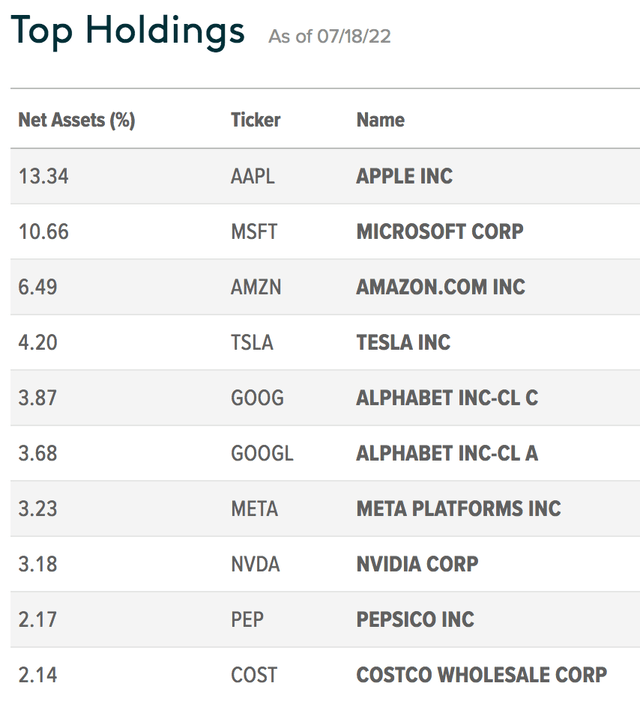
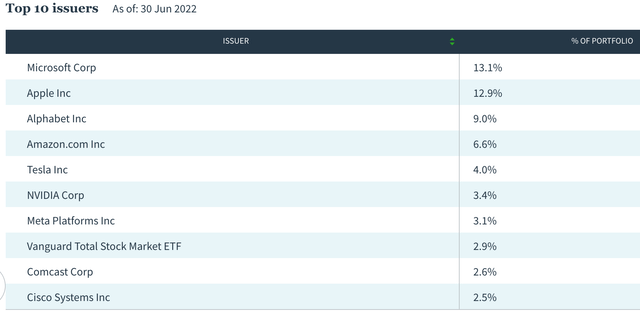
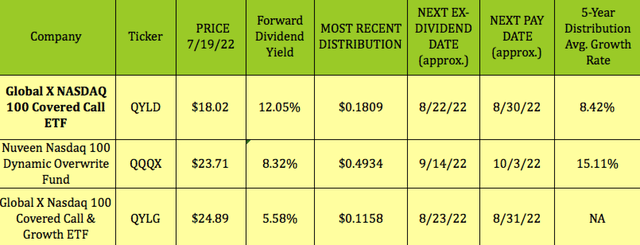



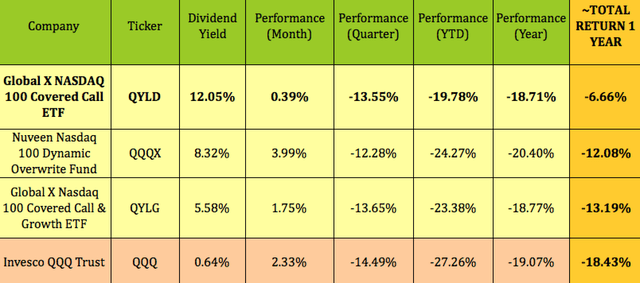
Be the first to comment